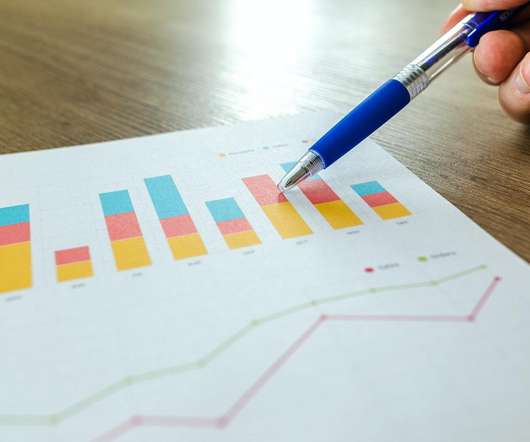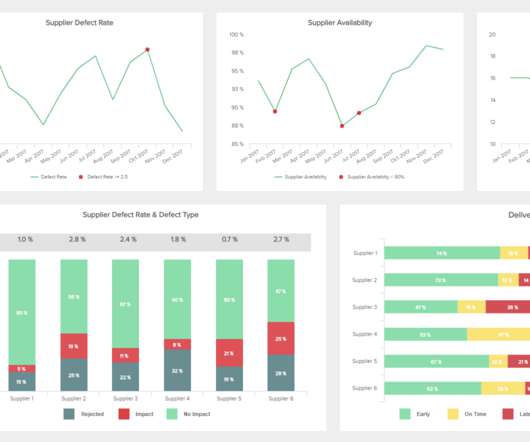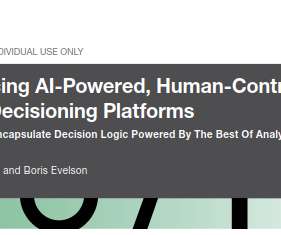Are You Getting The Most Out Of Your Marketing Data?
Smart Data Collective
MARCH 29, 2021
Thanks to new tools, including real-time tracking capabilities, businesses had access to more information about their marketing campaigns than ever before. Well, it should be, but having access to more marketing data is only actually good news when businesses understand what to do with it. Marketing Analytics: Today’s Vital Skill.























Let's personalize your content